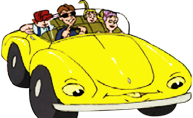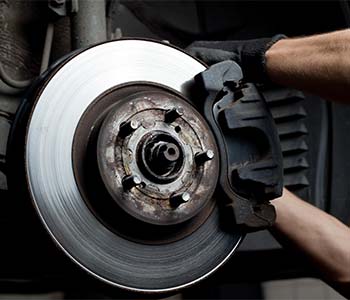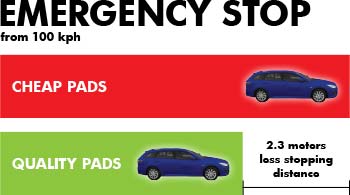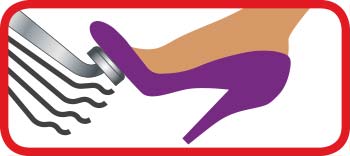Why a "wheels off" inspection?
Brake pads lightly touch the rotors when NOT braking and are designed to wear out!
The legal thickness of brake rotors and pads cannot be accurately measured during a visual WoF inspection so our qualified technicians remove the wheels to physically measure the wear on these components.
Minor fluid leaks at the brake callipers or the wheel cylinders are also often hard to detect with the wheels in place.
This is why we offer a free 20 point brake check that includes a full "wheels off" inspections and written report. Call us today to arrange your brake check!
Quality means safety!
Quality pads contain expensive compounds to better dissipate heat, reduce wear and give superior performance. Cheap low quality pads simply take longer to stop a car.
For your family's sake we recommend QUALITY replacement pads that suit your driving habits and conditions.
If your car does not start it is unfortunate; if your car does not stop it is a disaster!
What happens when you push the brake pedal?
The brake pedal uses hydraulic pressure to force the brake pads' friction material onto disc rotors that are attached to the wheels. This makes the car slow down but generates extreme heat which effects the properties of the brake fluid and its moisture content.
All brake pads and rotors are designed to wear and thus have a MINIMUM legal thickness where they must be replaced. The surface of most disc rotors can be machined to restore the braking performance but only down to the minimum legal thickness.















